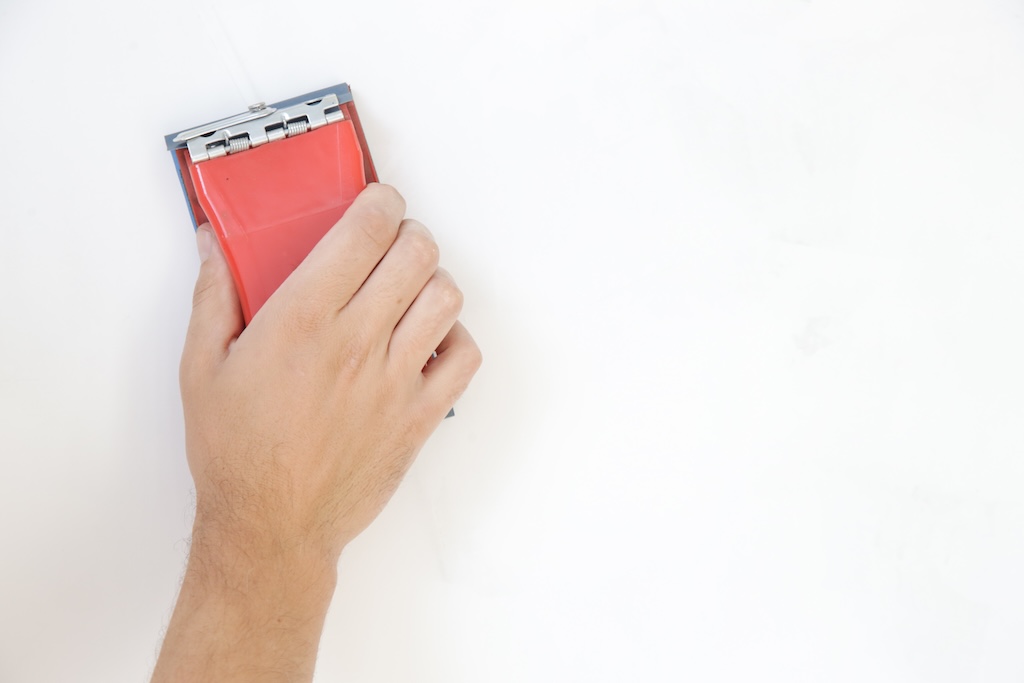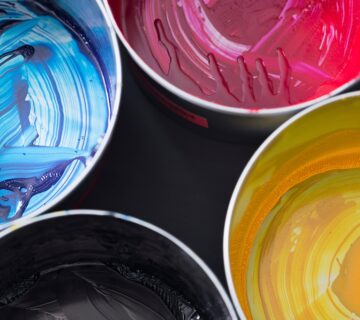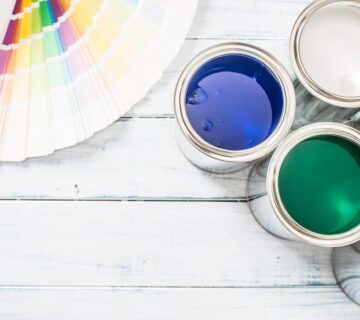A successful paint job is not just about the quality of the paint or the skill of the painter; it’s fundamentally linked to how well the surface is prepared. Surface preparation is a critical step that can make or break the final outcome. This is the stage where potential problems are addressed before they can affect the paint’s performance. In this blog, we’ll explore why surface preparation is vital and how to do it correctly for different surfaces, providing practical tips for professionals and DIY enthusiasts alike.
Cleaning the Surface
The first step in surface preparation is ensuring that the surface is clean. Dust, dirt, grease, and other residues can prevent paint from adhering properly, leading to a substandard finish. Depending on the surface, this might involve wiping, scrubbing, or using a degreaser. It’s important to use the right cleaning agents that won’t harm the material of the surface while still effectively removing all contaminants.
Sanding the Surface
Sanding helps to create a smooth base for the paint to adhere to. It removes any rough spots, peeling paint, or previous finishes. For delicate surfaces, fine-grit sandpaper should be used to avoid damage, while tougher surfaces may require a more aggressive approach. Proper sanding not only improves adhesion but also contributes to the final smoothness of the painted surface.
Repairing Imperfections
Any holes, cracks, or imperfections should be repaired before painting. This might involve using putty or a filler, followed by sanding to ensure a smooth, even surface. Neglecting these blemishes can result in a finish that is unsightly and may even deteriorate more quickly over time. A well-repaired surface ensures a seamless and professional-looking paint job.
Priming the Surface
Priming is essential, especially for surfaces that are porous or have stains. A good primer helps in providing an even base, enhancing paint adhesion, and ensuring the true color of the paint shows through after the final coats are applied. For some surfaces, a specialized primer may be necessary to address specific issues such as rust or high pH levels.
Dealing with Special Surfaces
Different surfaces may require special preparation techniques. For instance, metal might need rust removal, while glossy surfaces may require deglossing. Each material has its unique properties that can affect how paint adheres and performs over time. Understanding the specific needs of each surface is crucial to the longevity of the paint job.
Testing for Moisture
Moisture can cause paint to blister or peel, compromising the integrity of the paint job. Before painting, it’s important to ensure the surface is completely dry. This step is especially critical for surfaces like concrete or wood, which can retain moisture. Using moisture meters or waiting for dry weather conditions can be vital in these cases.
Using the Right Tools
The right tools for surface preparation can make the process more effective and efficient. This includes sanders, scrapers, brushes, and appropriate cleaning agents. Quality tools lead to a cleaner surface, which ensures better adhesion of paint and a more professional finish. Additionally, using the correct tools can reduce the time spent on preparation, which is often the most labor-intensive part of a painting project.
Safety Considerations
Safety is paramount during surface preparation. Use protective gear like masks, gloves, and goggles, especially when sanding or using chemical cleaners. It’s important to read and follow all safety instructions on product labels to prevent harm to yourself and others. Also, consider the environmental impact of the products you use, choosing those with lower toxicity where possible to reduce harm to the environment.
Final Thoughts
Proper surface preparation is the cornerstone of a successful paint job. By thoroughly cleaning, sanding, repairing, and priming the surface, you set the stage for a finish that is not only beautiful but also durable. Remember, the effort you put into preparation will show in the quality of the finished work. For more painting insights and guidance, visit our website at sisupainting.com and our blog at sisupainting.com/blog.





No comment